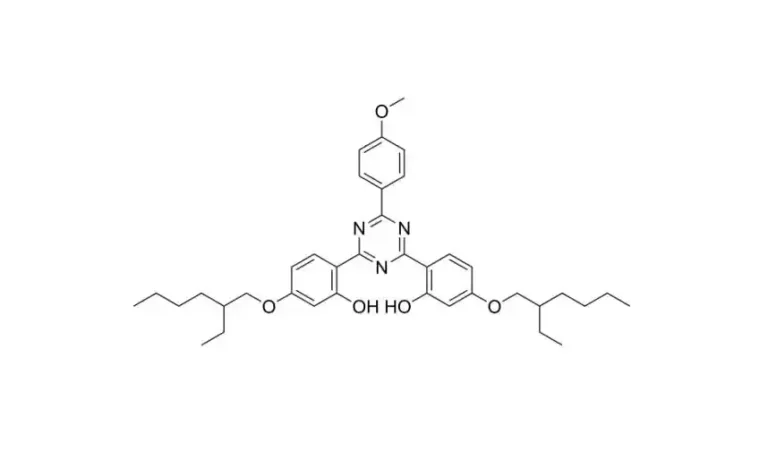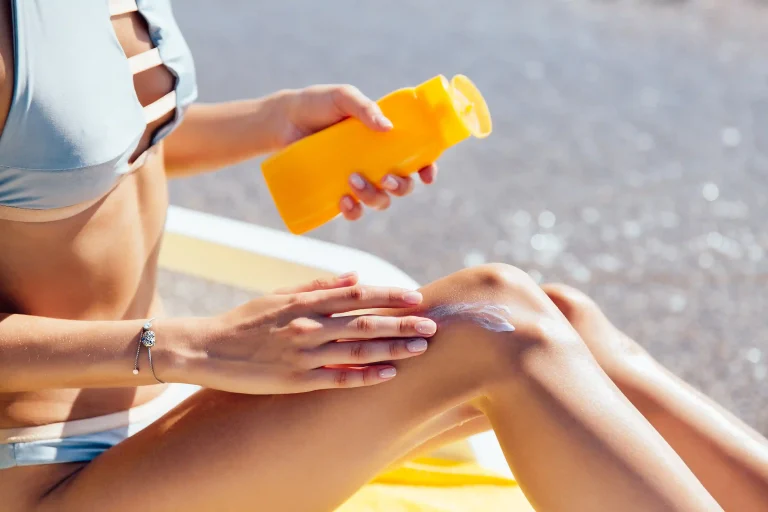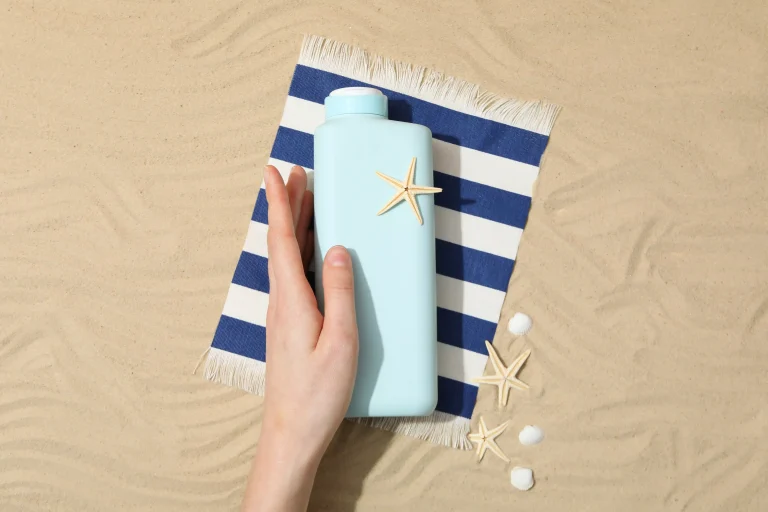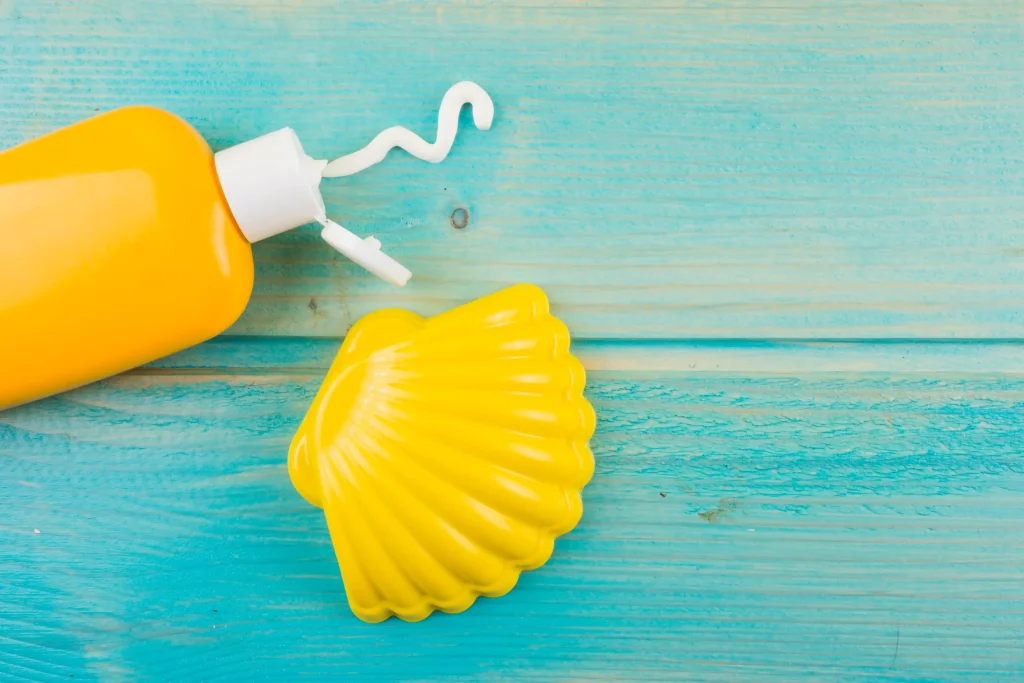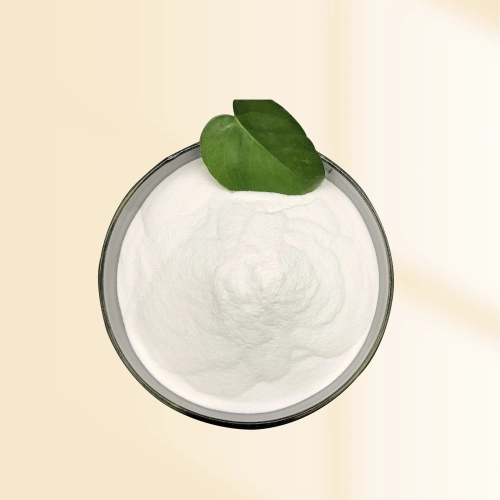In today’s society, guarding our skin from the sun’s damaging beams is increasingly vital. Sunscreens are now a routine necessity. At their heart lie UV absorbers, crucial components that protect us from ultraviolet (UV) rays. These substances capture UV light, stopping harm like burns, early wrinkles, and even disease. Awareness of these dangers is rising swiftly. As a result, the need for UV absorbers in sunscreen is soaring worldwide. This blog explores the latest patterns shaping this industry, predictions for 2025, and explains why BFP is a preferred provider of UV absorbers. Additionally, we’ll finish with FAQs to address your pressing queries.
Why UV Absorbers Matter in Sunscreen
UV rays come in two primary types. UVA digs deep into the skin, triggering creases and blemishes. UVB scorches the outer layer instead. Sunscreen ingredients such as UV absorbers are the silent champions. They halt these rays, delivering wide-ranging defense vital for skin wellness.
How UV Absorbers Function
- Capture Method: UV absorbers grab UV rays. Then, they transform them into safe energy, like warmth, keeping it off your skin.
- Wide Protection: Many UV absorbers handle both UVA and UVB rays. This ensures thorough shielding.
- Blend Suitability: They’re designed to remain steady in sunlight. Plus, they pair nicely with other sunscreen chemical ingredients. This makes them dependable across various items.
Current Trends in the UV Absorber Market
The worldwide market for UV absorbers in sunscreens is flourishing. Changing customer desires and sector shifts fuel this growth. Here’s what’s propelling the movement:
1. Growing Skin Health Awareness
- Informed Users: Folks are better educated about UV threats. This boosts the call for sunscreens with potent UV absorbers.
- Prevention Emphasis: Sunscreen use is now viewed as a critical move. It helps stop skin disease and aging.
2. Advances in Sunscreen Products
- Organic Charm: The natural beauty wave is lifting demand for earthy UV absorbers.
- Multi-Tasking Options: Versatile sunscreens are gaining ground. These combine UV defense with moisture or youth-preserving perks. Consequently, they need flexible UV absorbers.
3. Regulatory Changes
- Stricter Guidelines: Governments are setting tougher safety rules for sunscreen parts. This spurs creativity in UV absorbers.
- Worldwide Alignment: Efforts to unify rules across nations are influencing the UV absorbers producers choose.
4. Rise of Emerging Markets
- Asia-Pacific Surge: Higher earnings and sun safety knowledge in this area are spiking sunscreen purchases.
- Other Growth Zones: Latin America and the Middle East are also embracing sunscreens. This increases UV absorber needs.
UV Absorber Market Forecasts for 2025
Looking forward to 2025, the UV absorber market is primed for notable growth. Here’s a snapshot of what’s ahead:
1. Market Growth Projections
| Measure | 2023 Figure | 2025 Outlook | CAGR (2023-2025) |
| Market Value | $850 million | $1.2 billion | 6.5% |
| Top Growth Areas | Asia-Pacific | Asia-Pacific, Latin America | – |
- Consistent Rise: A predicted CAGR of 6.5% shows robust demand through 2025.
- Value Jump: The market should climb to $1.2 billion by 2025. That’s up from $850 million in 2023.
2. Growth Drivers
- Active Lifestyles: More folks enjoy outdoor fun. This heightens the need for sun defense.
- Older Populations: Aging groups in wealthy countries are more prone to skin harm. So, they’re increasing sunscreen use.
- Online Buying: E-commerce growth makes sunscreens—and their UV absorbers—simpler to purchase.
3. Potential Hurdles
- Nature Worries: Some UV absorbers damage water ecosystems, like coral reefs. This pushes a move to eco-friendly choices.
- Research Expenses: Developing fresh, safe UV absorbers costs a lot. This might hinder progress.
BFP: Your Trusted UV Absorber Supplier
For sunscreen makers hunting for superior UV absorbers, BFP shines brightly. BFP commits to providing groundbreaking, top-grade answers for the personal care field. Their UV absorbers are customized to fit today’s sunscreen recipes. They ensure safety, effectiveness, and alignment with global rules.
Why Partner with BFP?
- Superb Quality: Each UV absorber from BFP undergoes strict testing. This confirms its performance and safety.
- Trendsetter: BFP pours resources into research. This keeps them ahead of industry shifts, delivering modern products.
- Reliable Help: Their skilled crew assists makers. They make blending UV absorbers into recipes seamless.
Explore BFP’s lineup, including BFP-UV-312, BFP-UV-3030, and BFP-UV-400, to boost your sunscreen offerings.
FAQs About UV Absorbers in Sunscreen
1. Are UV Absorbers Safe for All Skin Types?
Answer: Mostly, yes—UV absorbers are safe for most skin kinds when used properly. Yet, people with delicate skin might notice slight irritation or redness from some chemical absorbers. To dodge this, choose gentle, doctor-approved blends. BFP focuses on safety. They craft UV absorbers that mix protection with mildness. This suits a broad range of users. Still, test new items on a small spot first. That ensures they match your skin.
2. How Do I Pick the Right UV Absorber for My Sunscreen?
Answer: Selecting the ideal UV absorber depends on your recipe aims. Consider these points:
- SPF Strength: Higher SPFs may need a blend of UV absorbers for full defense.
- Shield Type: Decide if you want UVA, UVB, or all-around coverage.
- Durability & Fit: Choose absorbers that stay strong in sunlight. They should also mix smoothly with other parts.
BFP’s selection, like BFP-UV-312, offers tailored choices. Their expert support can steer you to the perfect match. This ensures your sunscreen excels.
3. What’s Next for UV Absorbers in Sunscreen?
Answer: The future looks promising—and fresh—for UV absorbers. Watch these shifts:
- Eco Options: Green, nature-safe UV absorbers are picking up steam. They cut harm to oceans and beyond.
- Extra Perks: Look for UV absorbers with bonuses, like antioxidant boosts or blue light defense.
- Tailored Fit: As custom skincare grows, UV absorbers for specific skin needs will rise.
BFP leads the way. They’re building next-wave UV absorbers that match these trends. This keeps makers and users ahead of the game.
Conclusion
The global appetite for UV absorbers in sunscreens is thriving. Heightened skin wellness knowledge, creative products, and growing regions drive this boom. By 2025, this market is set to hit $1.2 billion. That reflects its key role in sun safety. BFP is poised to fuel this rise with dependable, high-grade UV absorbers that meet industry needs. Whether you’re crafting the next hit sunscreen or just curious about your lotion’s contents, UV absorbers are central to a brighter, safer tomorrow. Head to BFP’s homepage to check out their solutions. Stay ahead in this lively market.

